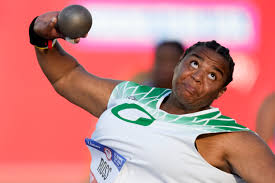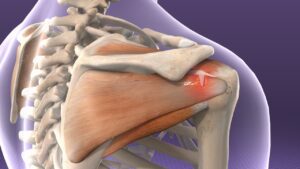Courtney Mercurio, a surgeon at Princeton Orthopedic associates.
American youth sports provide an opportunity to optimize health, social interaction, team building, leadership and achievement. In today’s world, where seated tasks and screens have become increasingly prevalent, daily physical activity and youth sports provide a significant outlet to counter a sedentary lifestyle. Participating in athletics, however, is not without risks. While inherent risks exist while participating in any athletic competition, there are ways to mitigate risk of injury. Among the most common injuries are head injuries caused by physical and/or repetitive contact, which have been recognized for their significant impact on health and well being, and extremity injuries among athletes are common occurrence. The goal of athletic participation is to provide an outlet for adolescents to build skills and develop character both on and off the athletic field; safety must be at the forefront.
Head injuries are significant, with concussive incidents on the rise. Chronic traumatic encephalopathy (CTE) was originally characterized in boxers, whom had repeated blows directly to their head. More recent data suggests its prevalence across other sports, including football. There are a number of strategies that focus on prevention of head injuries, such as minimizing or limiting contact or repetitive contact, utilizing protective equipment, and identifying a head injury as soon as possible and providing an appropriate amount of time to recover from said injury before resuming participation. Similar focus has occurred for concussion management. Concussions can be devastating for mental health, well being, and performance both on and off the field. Concussions should be identified promptly and immediate action taken to prevent a second impact. Preventative measures are similar, including equipment considerations, prevention of contact, and abstinence from play.
Extremity injuries can be similarly challenging. The nature of sport involves a degree of unknown during competition. Preparation is the key element to minimize injury risk. No matter how prepared, careful and conscientious, injuries can still happen. Four items that can be addressed are strength, flexibility, awareness, and form. Strength of musculature can improve performance, but can also be preventative in allowing for movements to accelerate, protect and strengthen support across joints. Flexibility permits a wide range of motion, which can aid in injury prevention, as a more flexible joint or limb can reach a more extreme position and tolerate the stress of the position. Awareness permits players to cognitively identify threats or concerns that may inhibit safe play, including position of teammates, opponents, field obstacles, and surface considerations. The teaching and use of proper form and technique allows athletes to execute athletic feats, actions, and activities safely, which in turn, reduces the risk of injury.
Participation in youth athletics is beneficial to the health and well being of adolescents. Mitigation of risk and prevention of injury is key to ensuring enjoyment, success, and longevity.




